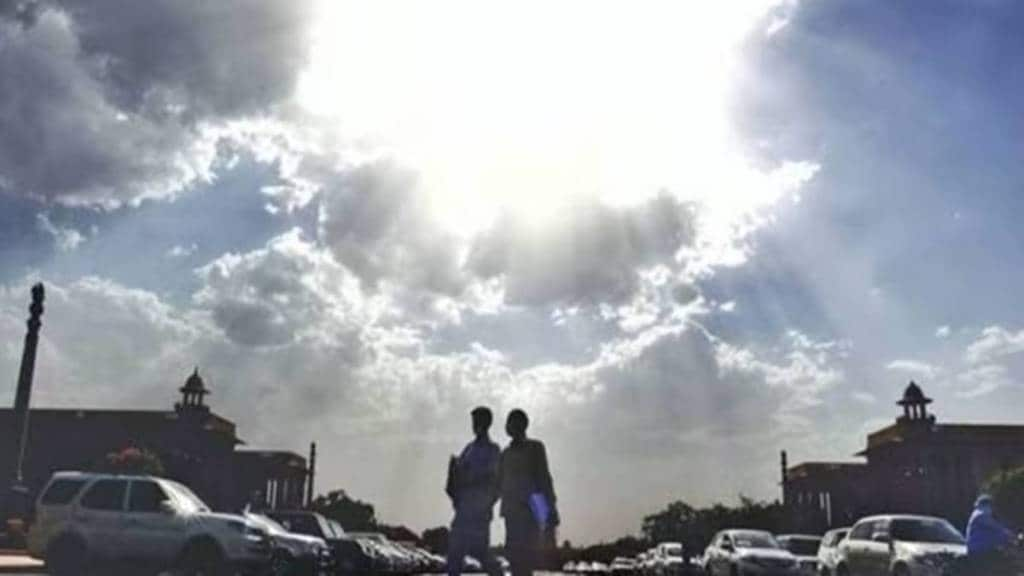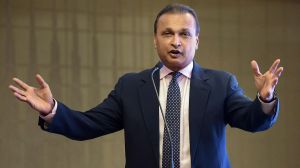By Prof (Dr) Rajib Dasgupta and Prof Purnamita Dasgupta
The Government of India has consistently reiterated its global climate commitments. As the world heats up, heat health is increasingly occupying centre stage during the summer months. The Global Heat Health Information Network cautions that heat is a serious human health concern and that the number of people exposed to extreme heat is growing exponentially due to climate change in all world regions, India being no exception.
The Union Health Minister along with the Minister of State and the technical leadership reviewed the public health preparedness for management of heat related illnesses. The Indian Meteorological Department (IMD) issued a general forecast earlier this week of more than average heat wave days during April to June. Large parts of the southern peninsula, central India, east India, and the northwestern plains were likely to experience above-normal temperatures.
The IMD considers heat wave if the departure from normal is 4.50C to 6.40C and a severe heat wave for departures above 6.40C. Based on Actual Maximum Temperature, heat wave condition is declared when it is 450C or above and severe heat wave when it is 470C or more. The criteria must be met in at least two stations in a Meteorological sub-division for at least two consecutive days and it declared on the second day.
Hot days and heatwaves lead to wide-ranging impacts, from mortality among human societies on account of heat-related illnesses to impacting infrastructure in the economy. Substantial work on heat related mortality in India, especially for urban areas has attracted much attention, and rightly so. It has led to a disaster-mode framing with National and State disaster management authorities playing key roles. State and city specific Heat Action Plans (HAPs) have been developed to reduce the health effects of extreme heat on vulnerable populations. The review meeting was informed that updated HAPs have already been prepared for in 23 states and 100 districts have put in action campaign on heatwave awareness generation.
Heat and human well-being are connected in many ways, beyond mortality. Health sector actors have an important role to play, acting in tandem with other departments and by providing the morbidity data to motivate action. Human health and well-being depend on the economic consequences of high heat. Empirical estimates of losses in labour productivity and agricultural output with consequent decline in GDP and creation of inflationary pressures in the economy are increasingly reported world-wide. Increase in energy demand to combat heat, is raising the need for allocation of resources to increase heat resilience. Direct impacts on human resources and infrastructure are also being recognized including the demands for health care provisioning and health infrastructure such as cooling needs and maintaining cold chains, and as businesses and societies gear up for maintaining the productivity and well-being of their employees. All these have the potential for fall-outs in terms of health risks and need to be managed as these are largely preventable.
India’s economic achievements have been significant and much lauded over the last couple of decades. The post-COVID recovery demonstrated the successful use of monetary and fiscal stimulus for revival of economic growth, along with the innovative use of IT and digital application. Sufficient learnings for creating awareness and getting the right evidence-based communication has taken place and can be applied for building heat resilience for the economy. Ensuring well-being for society implies engaging with wide ranging sets of stakeholders across public and private sectors, from central banks to businesses. The Reserve Bank of India (RBI) for instance, plays a central role in price stability and regulation. It has been focusing on dealing with climate risks and has recently drafted a disclosure framework on climate related financial risks and plays a central role in price stability. Partnerships within different public sector ministries and departments, with the IMD and the health ministries and department as key, and supportive business management practices which take care of both employees and insure businesses against risks, constitute wise strategies.
Rapid rises in heat gain due to exposure to hotter than average conditions affect the human body’s ability to regulate temperature resulting in a range of conditions including heat cramps, heat exhaustion, heatstroke, and hyperthermia. These conditions can rapidly, within a single day, worsen to hospitalisation and death or have a lagged effect over several days. There may worsening of existing illnesses in the elderly and frail. In specific, these include cardiovascular, respiratory, and cerebrovascular disease and diabetes-related conditions. Even small differences from seasonal average temperatures, and not necessarily a heat wave per se is associated with increased illness and death.
The National Programme on Climate Change and Human Health (NPCCHH) led by the National Centre for Disease Control (NCDC) has been designed to raise awareness about the effects of climate change on human health, strengthen the healthcare system, and improve health preparedness. An urgent task is to strengthen surveillance on climate sensitive health conditions. The NPCCHH has initiated efforts in this regard; success will depend upon bottom-up inputs from public and private institutions in the states. Granular and timely data will be crucial to crafting tailored response strategies that can address the specific needs of a multitude of India’s vulnerable communities.
Rajib Dasgupta is a Professor at Centre of Social Medicine & Community Health, Jawaharlal Nehru University, New Delhi. Purnamita Dasgupta is a Chair in Environmental Economics and Head, Environmental and Resource Economics Unit, Institute of Economic Growth, Delhi. The authors are collaborators of the Wellcome Trust funded project, Economic and Health Impact Assessment of Heat Adaptation Action: Case Studies from India.








